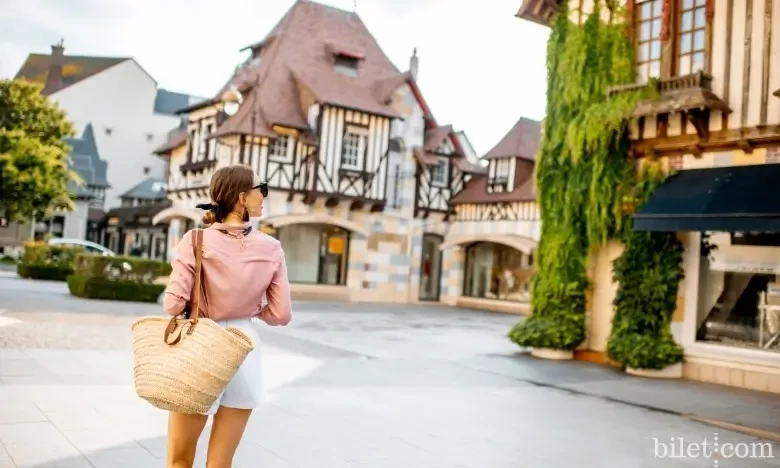With their pedestrianized centers, historical streets and a structure intertwined with nature, these cities are heaven for those who dream of a sustainable and peaceful travel. There is no car noise, no horn noise, just your footsteps, the sound of the wind and maybe the melody of a street musician. And all you need to do for this is buy a plane ticket.
If you're ready, let's start by meeting the 15 most beautiful cities around the world that can be explored on foot!
1. Bruges, Belgium
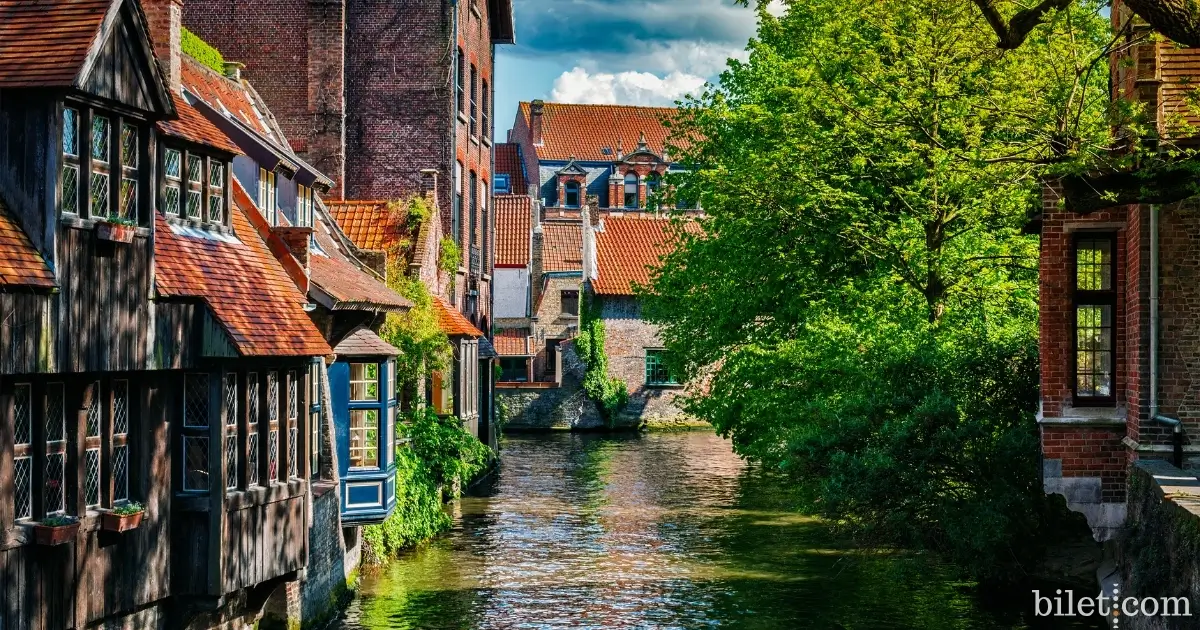
Why should you travel on foot?
Bruges looks like it came out of a storybook. The historic city center, which is under UNESCO protection, is completely pedestrianized; so you won’t hear any honking or a car’s shadow on your photo while exploring Bruges . In fact, the city seems to be floating among the canals, and you’re likely to see locals cruising around in their canoes.
Thanks to its compact structure, it is possible to visit all the important points on foot in one day. Walking also allows you to discover the shops in the stone streets, follow the smell of chocolate and stop at every canal bridge to enjoy the view. Bruges is one of the most romantic examples of a car-free city tour.
Returning without seeing:
- Belfry Tower (Belfort) : If you dare to climb the 366 steps, you can see a breathtaking panoramic view of the city.
- Begijnhof : Surrounded by snow-white houses, this peaceful courtyard reflects the spirit of Bruges. It is like a meditation area due to the rule of silence.
- Minnewaterpark (Lovers Lake) : This park, which you can stop by while walking along the canal, is ideal for being alone with nature with its swans and lake view.
- Groeningemuseum : A small but impressive museum where you can see unique examples of Flemish art.
One of the chocolatiers famous for its salted caramel truffles : Bruges is also a “chocolate paradise.” Be sure to stop by the boutique chocolatiers you’ll come across in the back streets while walking.
Transport:
You can reach Bruges by train from Brussels in a comfortable 1-hour journey. It is possible to walk from the train station to the city center in 15 minutes. If you wish, you can start your walk from the train station and start getting to know the city step by step along the way.
Instagram Note:
"Walking along the shores of Lake Minnewater, accompanied by the sound of bells, I felt Bruges breaking away from time... Around every corner, a different era was beginning."
2. Ljubljana, Slovenia
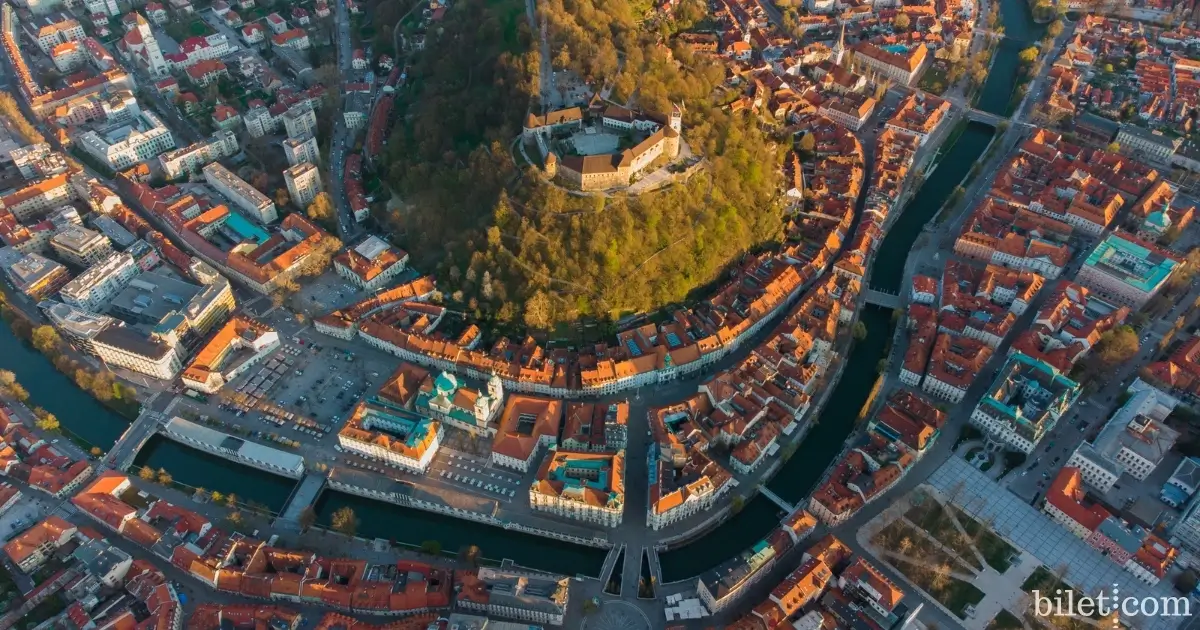
Why should you travel on foot?
Ljubljana stands out as one of the most environmentally friendly and livable cities in Europe. The city center is completely closed to vehicle traffic and reserved for pedestrians and cyclists. This offers visitors a peaceful, calm and nature-filled exploration. While walking along the Ljubljanica River, you can watch people sitting in open-air cafes, or come across live music or street artists. With its small but culture-filled atmosphere, Ljubljana is a place that truly embodies the concept of a "car-free city tour".
Don't return without seeing:
- Ljubljana Castle: This castle on a hill overlooking the city can be reached on foot. If you wish, you can follow the historical paths and enjoy the 360-degree view of the city.
- Triple Bridge (Tromostovje) : Located in the heart of the city, this unique bridge structure dazzles with its elegant design by architect Jože Plečnik.
- Tivoli Park : A huge green area that can be reached within a few minutes' walk from the city center, perfect for picnics or short nature walks.
- Central Market : This open-air market by the river is ideal for discovering local flavors.
Metelkova Mesto : Famous for its graffiti-covered walls and bohemian atmosphere, this alternative art district is a unique walking route for those who want to see the “different” side of Ljubljana.
Transport:
It is possible to reach Ljubljana from many European cities by direct train or bus. Once you are in the city center, you can walk everywhere. It takes about 45 minutes by bus to get from the airport to the city center.
Instagram Note:
"Walking along the Ljubljanica River, you touch both history and art at the same time. No traffic, no horns… Just peace."
3. Colmar, France
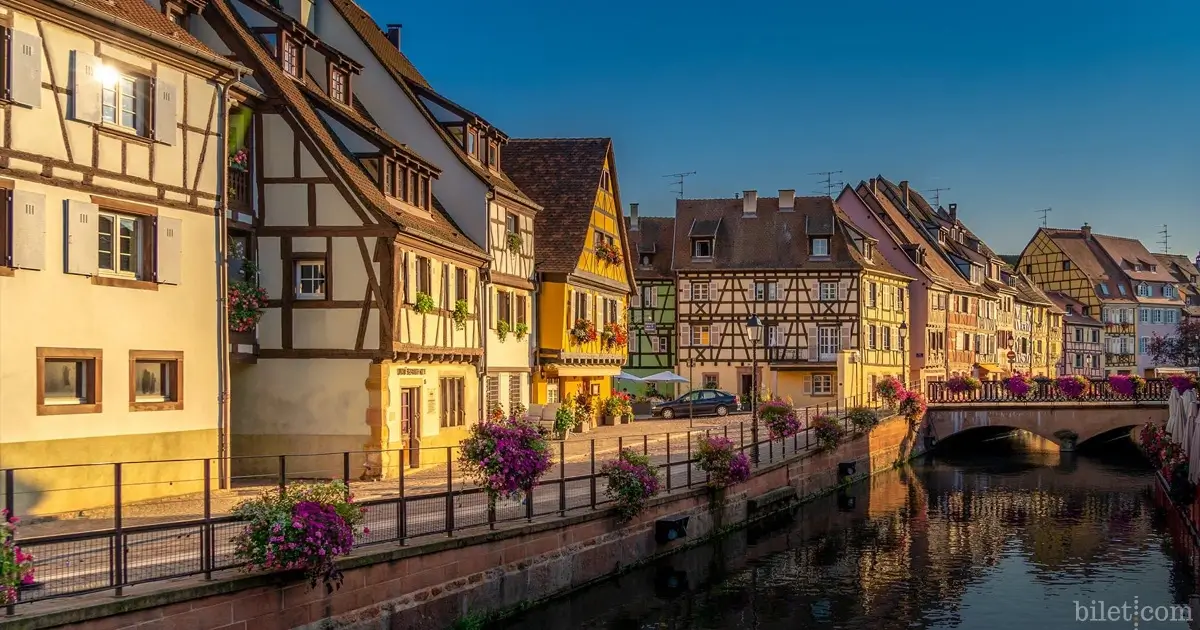
Why should you travel on foot?
Colmar is perhaps one of the most romantic and photogenic cities to visit on foot. Located in the heart of the Alsace region, this small French town is like an open-air film set. Since the city center is closed to vehicle traffic, you can explore each step with ease and take as many photos as you want in front of the half-timbered houses. With its narrow stone streets, canal banks and flower decorations at every corner, Colmar is a true gem among “pedestrianized cities.”
Don't return without seeing:
- Petite Venise (Little Venice) : Walking along the canal lined with colorful houses is the most enjoyable way to get to know this city. When the lights reflect on the water at sunset, fairytale-like images emerge.
- Unterlinden Museum : Housed in a medieval monastery building, this museum houses Grünewald's famous Isenheim Altar.
- Dominican Church and Pfister House : A must-see to explore the city's historic architecture and religious art.
- Marché Couvert (Covered Market) : You can take a delicious walk through this market filled with local cheese, wine and delicatessen products.
Rue des Têtes (Street of Heads) : The historical building with more than 100 human heads on its facade is full of surprises for those who look carefully as they walk by.
Transport:
Just 30 minutes by train from Strasbourg, Colmar is also very close to Basel, Switzerland. The city is small, so it's only a short 15-minute walk from the train station to the centre.
Instagram Note:
"Walking in Colmar, I felt like every street opened onto a different tale. My shoes were tired, but my heart was not satisfied."
4. San Marino
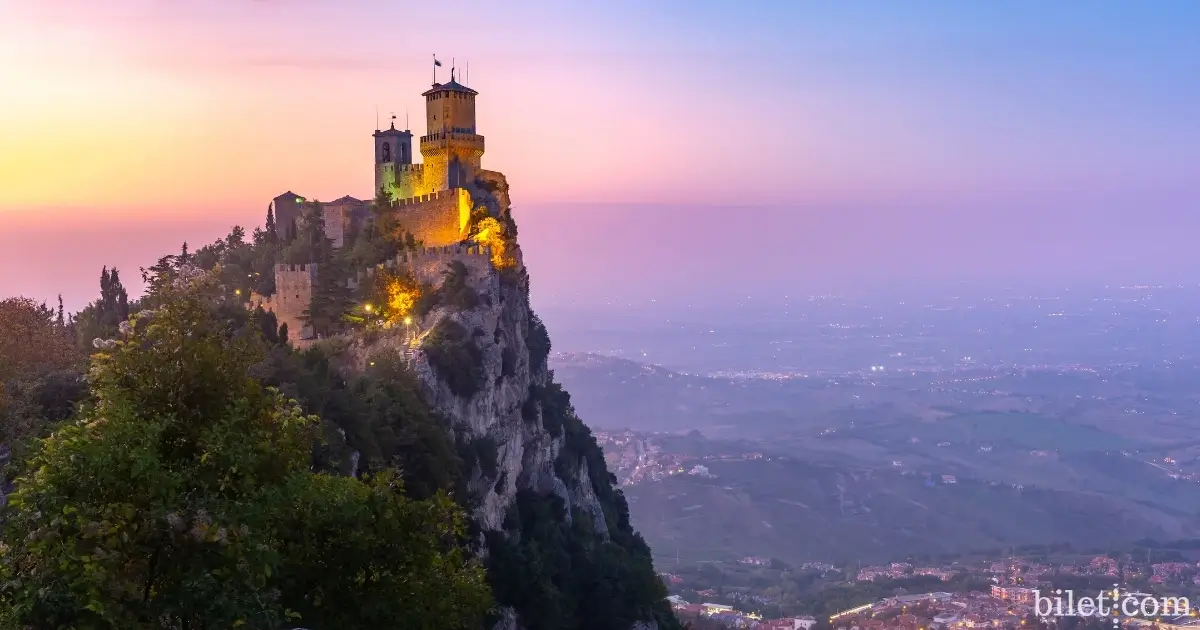
Why should you travel on foot?
One of the world’s oldest and smallest republics, San Marino is a city-state designed to be explored only on foot. With its narrow stone streets, steep hills and panoramic views at every step, driving is almost impossible in this city – and there’s no need for it! Strolling through the pedestrianized historic center allows you to feel the atmosphere of the Middle Ages in its most natural form. San Marino is a treasure for those who want to experience the “car-free city tour” experience in its truest form.
Don't return without seeing:
- Guaita, Cesta and Montale Castles (Three Towers) : The walking path that leads to the three iconic towers of the city is a feast for both history and nature lovers. As you walk, you will be greeted by a magnificent view that extends to the Adriatic Sea.
- Piazza della Libertà : This square, the heart of the Republic, is ideal for photography enthusiasts. Palazzo Pubblico is also located here.
- Basilica di San Marino : Dedicated to Saint Marinus, the patron of the city, this basilica reflects the religious and historical heritage of San Marino.
- Narrow handicraft shops : Traditional products, souvenirs and ceramic workshops await you on every corner.
Passo delle Streghe (Witches' Passage) : This walking route, which stretches between two towers and is the subject of legends, fascinates with its view.
Transport:
There is no airport or train station in San Marino. The nearest city is Rimini, which you can reach by train, and then a 30-minute bus ride to San Marino. Once in the city, all exploration is done on foot.
Instagram Note:
"Walking in San Marino is like walking through a time tunnel. The more steps you take, the closer history comes."
5. Tallinn, Estonia
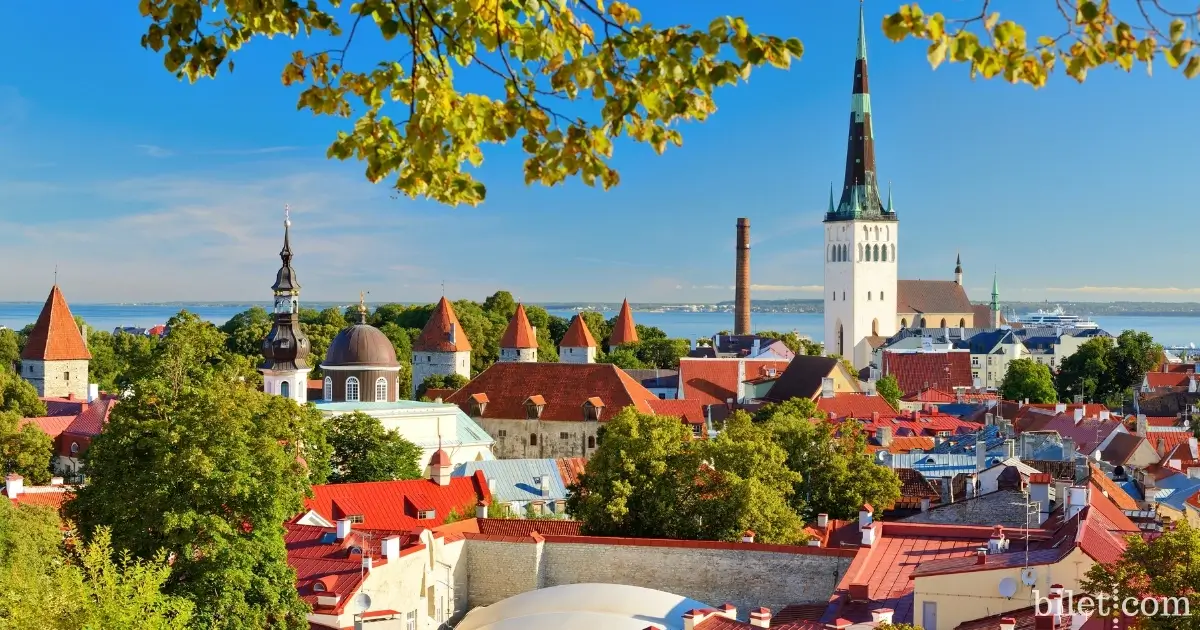
Why should you travel on foot?
Tallinn , the capital of Estonia, is an indispensable part of the list of cities to visit on foot in Europe. Especially the Historic Old Town (Vanalinn), which is on the UNESCO World Heritage List, is completely pedestrianized. With its narrow cobblestone streets, colorful merchant houses and Gothic towers, it is like a painting frozen in time. Among the cities to visit without using a car, Tallinn both encourages sustainable travel and offers its visitors a slow and deep exploration.
Returning without seeing:
- Toompea Hill : Tallinn's highest point. From here you can see the red-roofed houses of the Old Town, churches and the Baltic Sea.
- Alexander Nevsky Cathedral : A stunning example of Russian Orthodox architecture, this cathedral has fascinating details.
- Raekoja Plats (Town Hall Square) : Waiters in medieval costumes, street musicians and cafes welcome you in this square, the heart of the city.
- St. Catherine's Passage : This secret passage, filled with art galleries and craft workshops, makes your walk even more meaningful.
Kiek in de Kök : An artillery tower built inside the city walls. Don't return without exploring the underground tunnels!
Transport:
Tallinn Airport is only 15 minutes away from the city centre. Once you are in the centre, you can explore the entire Old Town on foot. Public transport may only be needed outside the Old Town.
Instagram Note :
"Walking along the stone streets of Tallinn was like stepping into a fairy tale with every step. In the shadow of the city walls, I felt like a hero of a medieval novel."
6. Dubrovnik, Croatia
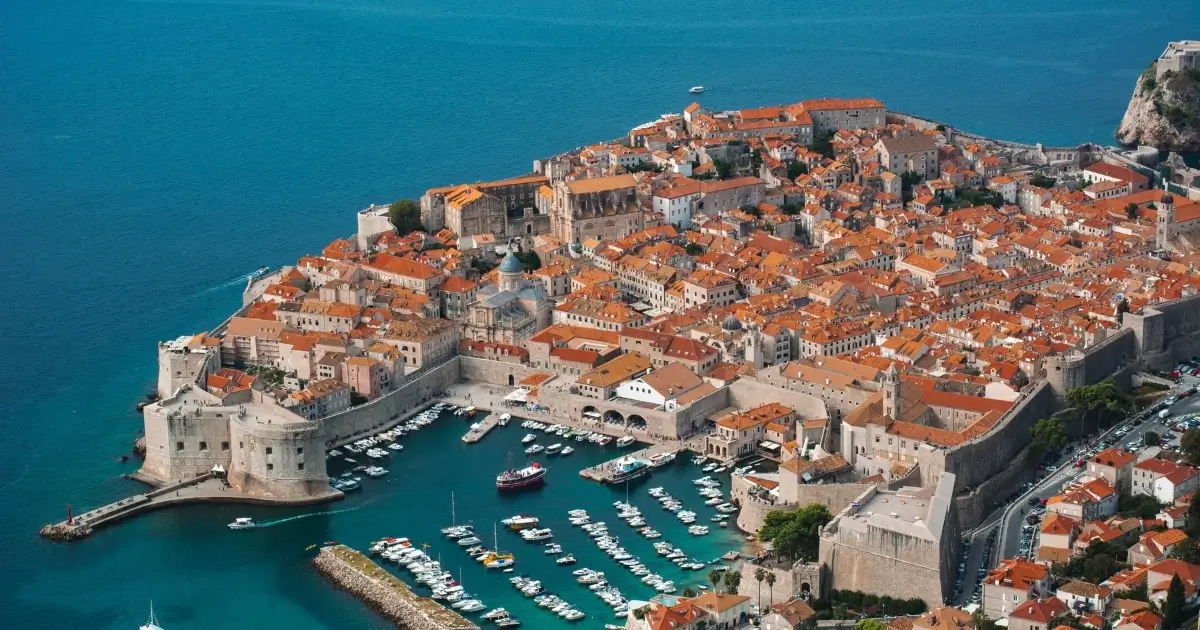
Why should you travel on foot?
Dubrovnik , known as the pearl of the Adriatic, has the best-preserved historical walls in the world. The Old Town is completely pedestrianized and is on the UNESCO World Heritage List. A walk along the city walls allows you to breathe in the medieval atmosphere while offering unique views of the turquoise sea and red-tiled roofs. For this reason, Dubrovnik shines like a star among "cities to explore on foot".
Returning without seeing:
- City Walls : Dubrovnik's most iconic experience. This approximately 2-kilometer walking route takes you one-on-one with history, with towers, battlements and sea views.
- Stradun Street : The city's main walking path. This marble-paved street is lined with cafes, historical fountains and shops.
- Pile Gate & Ploče Gate : Historical entrance points. When you step into the city from here, a real journey through time begins.
- Lovrijenac Fortress : This fortress, located just outside the city, is an impressive extension of the city walls and is also one of the filming locations for the TV series "Game of Thrones."
Buža Bar : Reached through a secret door opening onto the city's sea walls, this bar is built on rocks and is a great spot for those who want to swim at sunset!
Transport:
Dubrovnik Airport is about 30 minutes away from the city center. Once you reach the Old Town, you can say goodbye to cars; exploration should be done entirely on foot. Since vehicles are not allowed, getting to know the city on your feet is inevitable.
Instagram Note:
"Walking on the walls of Dubrovnik, you feel like you're talking to history and the sea at the same time... You're touching the past with every step you take."
7. Groningen, Netherlands
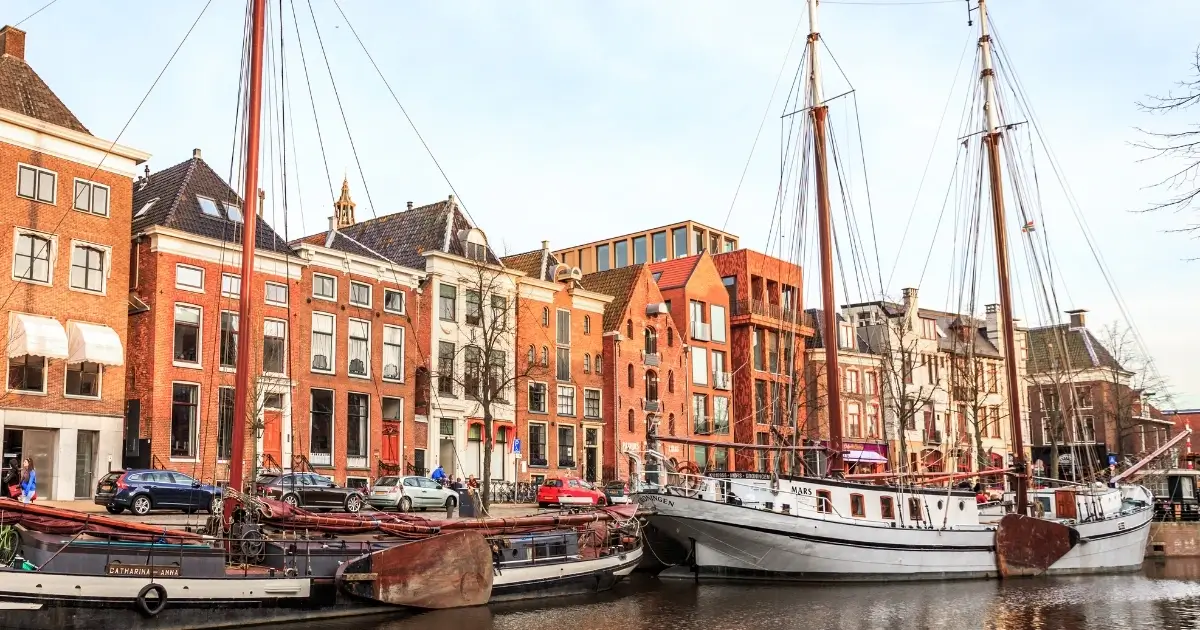
Why should you travel on foot?
Groningen, a university city in the north of the Netherlands , is one of the first destinations that comes to mind when it comes to sustainable city tours. The city center is largely closed to traffic and most locals prefer to travel by bike or on foot. With its compact structure, green areas and streets surrounded by water channels, Groningen is a paradise for travelers who want to take a city tour without a car. At the same time, it has a very rich atmosphere in terms of art, music and architecture with its young and creative population.
Don't return without seeing:
- Martinikerk and Martini Tower : You can watch an impressive city view by climbing the tower of this historical church, which is the symbol of the city.
- Groninger Museum : Drawing attention with its colorful and modern architecture, this museum is a must-see for contemporary art and design enthusiasts.
- Noorderplantsoen Park : This lush green park in the centre is great for walking, mingling with locals and breathing in nature.
- Oude Kijk in 't Jatstraat : A pedestrian-friendly street filled with bohemian cafes and bookstores.
Prinsenhof Gardens : Hidden just behind the city walls, these historic gardens offer a quiet break between walks.
Transport:
Once you arrive in Groningen, which is about a 2-hour train ride from Amsterdam, you can walk everywhere in the city without needing public transport. You can even rent a bike like the locals and explore even wider areas.
Instagram Note:
"Walking in Groningen, you come across a work of art on every street. With its silence, colors and free spirit, this city is like a breath."
8. Zermatt, Switzerland
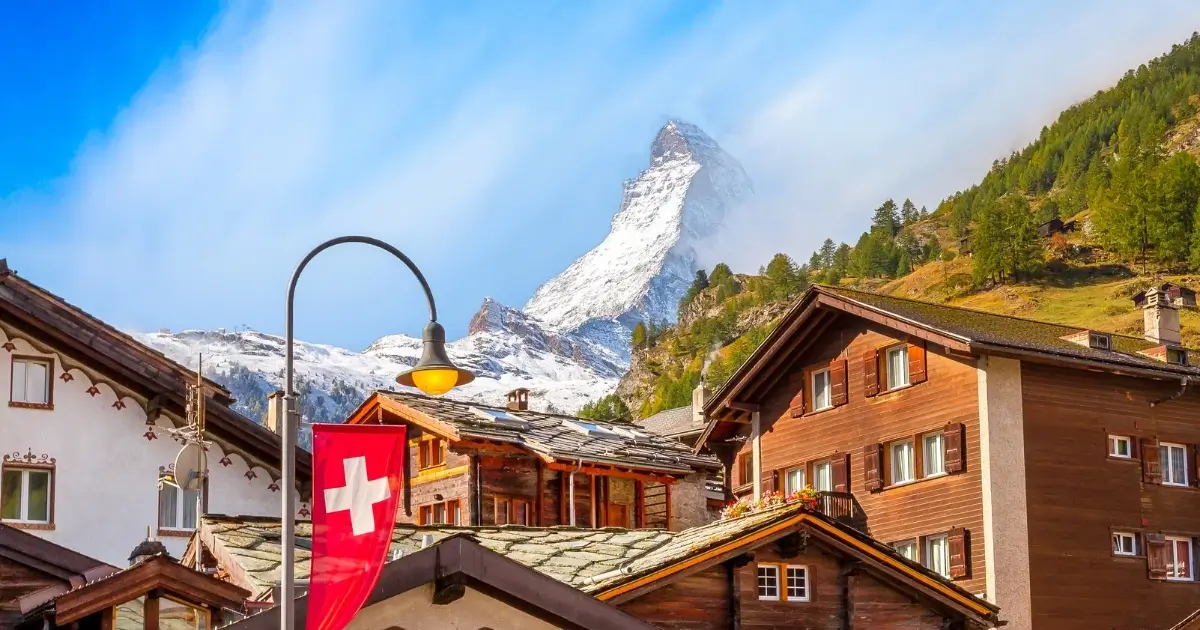
Why should you travel on foot?
Located at the foot of the Alps, Zermatt stands out not only for its eco-friendly approach to travel, but also for being completely car-free. Gasoline-powered vehicles are not allowed in this charming Swiss town! This means that Zermatt can only be explored on foot (or by electric minibus). The fresh air, mountain trails, lakeside walks and nature walks with a view of the Matterhorn make this experience unforgettable. Zermatt is the perfect place for a sustainable and soul-nourishing holiday.
Don't return without seeing:
- View of the Matterhorn : The iconic peak, which you can see from almost anywhere in town, is especially captivating at sunrise.
- Gornergrat Train : This route, which you will take on an electric mountain train, is ideal for hiking and photo breaks at the summit.
- Zermatt Old Village : Take a walk through the wooden chalets, stone streets and local shops.
- Five Lakes Walk : A walking route connecting five different mountain lakes. Perfect for those seeking nature and peace.
Ricola Garden : Known for its herbal candies, Ricola's herb garden is a pleasant surprise for a walking break.
Transport:
To reach Zermatt, you must first come to a town called Täsch. After parking your car here, you can reach Zermatt by electric train. Within the town, you can walk or take small electric taxis. A city experience without using a real car!
Instagram Note :
"Walking in Zermatt is like whispering to nature. Silence, snow, mountains and a pair of sturdy shoes... Nothing more is needed."
9. Florence, Italy
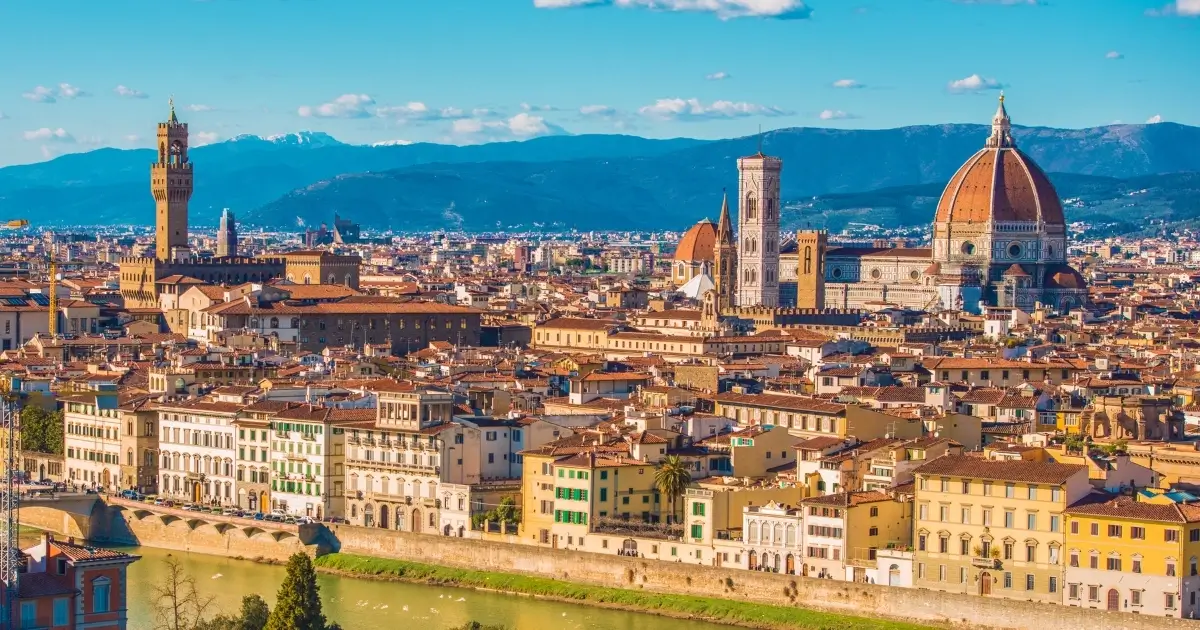
Why should you travel on foot?
Florence is like an open-air museum, where history and art are integrated into the streets. The city center is quite compact and largely pedestrianized. Walking around this city, which is a UNESCO World Heritage Site, means feeling Michelangelo’s brushstrokes or the spirit of the Renaissance step by step. A statue, a fresco or a historical building awaits you at every corner. Driving can be unnecessary and even depressing here, because the most beautiful details are noticed while walking.
Returning without seeing:
- Duomo Cathedral (Santa Maria del Fiore) : A masterpiece of Gothic architecture. Climb up to its dome and enjoy the city view.
- Ponte Vecchio : You can't go without walking on the stone bridge that is the symbol of Florence.
- Uffizi Gallery : Full of works by masters from Botticelli to Leonardo.
- Piazza della Signoria and Palazzo Vecchio : This is the heart of the city. As you walk through the square, you shake hands with history.
- San Lorenzo Market : Leather goods, local flavors and colorful streets.
Rose Garden (Giardino delle Rose) : This garden on the road to Michelangelo Hill makes you forget your tiredness with its magnificent view.
Transport :
After arriving in Florence by plane, you can easily walk to the city center. If you stay in the center, you can walk to all the historical places. Public transportation is almost unnecessary.
Instagram Note:
"Watching this view while walking up Michelangelo Hill in Florence was priceless. There was art at every step and history around every corner."
10. Fez, Morocco

Why should you travel on foot?
The heart of Fez, the medina (old city), is one of the largest car-free urban areas in the world. Motorized vehicles are prohibited in this UNESCO-protected area, meaning that the thousands of years old streets of Fez can only be explored on foot. Walking through the colorful bazaars, handmade goods, traditional bakeries, historic madrassas and famous wood-carved gates is like traveling back in time. It’s okay to get lost — because in Fez, every street is a new surprise!
Returning without seeing:
- Al Quaraouiyine University : The oldest university in the world is still active!
- Bou Inania Madrasa : An impressive example of Islamic architecture with intricate wood and plasterwork.
- Tanneries: Watching the colorful leather processing pits from a height is a visual feast.
- Bab Bou Jeloud (Blue Gate): The iconic entrance to the Medina.
- Dar Batha Museum: Perfect for getting to know Moroccan handicrafts and historical furniture.
Riad Rooftop : Watching the city at sunset from the terrace of the traditional Moroccan house where you stay is an indescribable experience.
Transport:
It is possible to reach Fez by plane. After arriving in the city center, you can walk to the medina or take a taxi. You can only walk in the medina; even the map is often useless, but that's where the magic lies.
Instagram Note:
"Getting lost in Fez was the best part of traveling. The colors, the smells, the call to prayer, the narrow streets... Everything was fascinating at the same time."
11. Edinburgh, Scotland
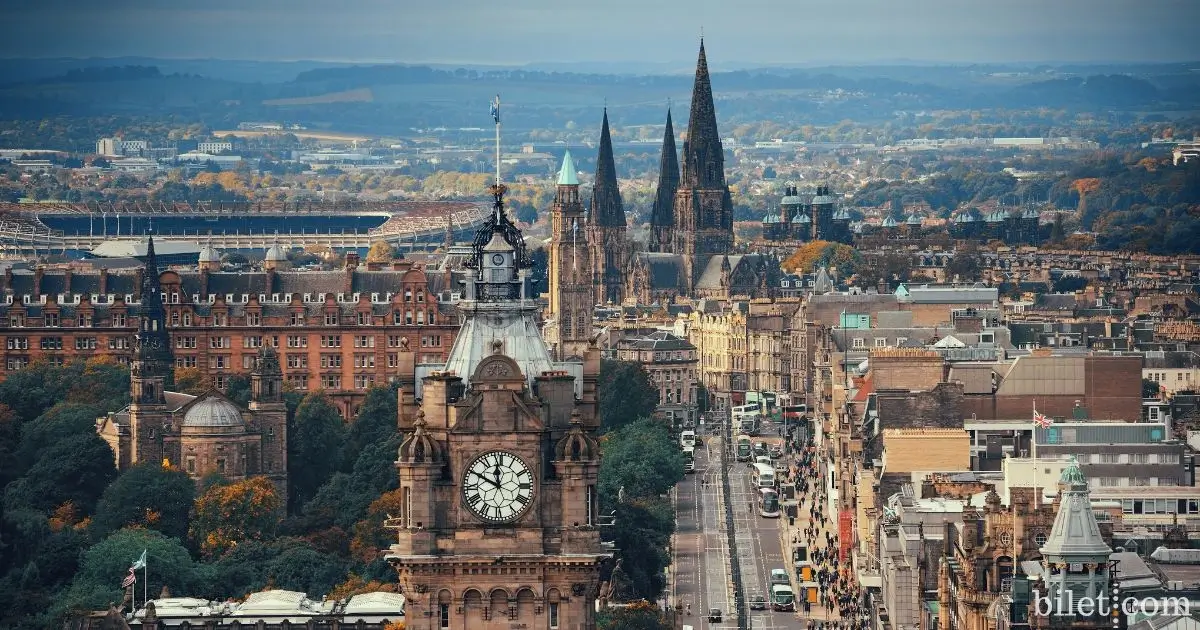
Why should you travel on foot?
Edinburgh is one of the most suitable cities to explore on foot with its compact structure and historical texture. The city center, divided into Old and New Towns, is on the UNESCO World Heritage List and is like an open-air museum. As you walk through this city surrounded by stone streets, Gothic buildings, royal traces and hills, your steps carry you both to the past and to magnificent views. Driving is almost unnecessary; because the real beauty is hidden in wandering around, feeling the unique atmosphere of Edinburgh street by street.
Returning without seeing:
- Royal Mile : Running from Edinburgh Castle to Holyrood Palace, this historic street is filled with street performers, historic buildings, and old-world charm.
- Edinburgh Castle : Located at the highest point of the city, the castle has a dominant view of the city and has witnessed many events throughout history.
- Arthur's Seat : A hike up this hill, the remnant of an ancient volcano, is rewarded with panoramic views of the city.
- Victoria Street : Famous for its colorful shops, winding structure and Harry Potter atmosphere.
- Dean Village : A quiet and fairytale area just a 15-minute walk from the city center.
Calton Hill: This hill, which can be climbed at sunset or in the morning, is close to the city center and is perfect for photography lovers.
Transport:
It is easy to get to the city centre from Edinburgh International Airport by tram or bus. The city centre itself is entirely walkable. Public transport is only used for further afield.
Instagram Note:
“Walking through the streets of Edinburgh is like walking through a fairy tale where time slows down… Every corner on the Royal Mile opens up to a different story.”
12. Mostar, Bosnia and Herzegovina
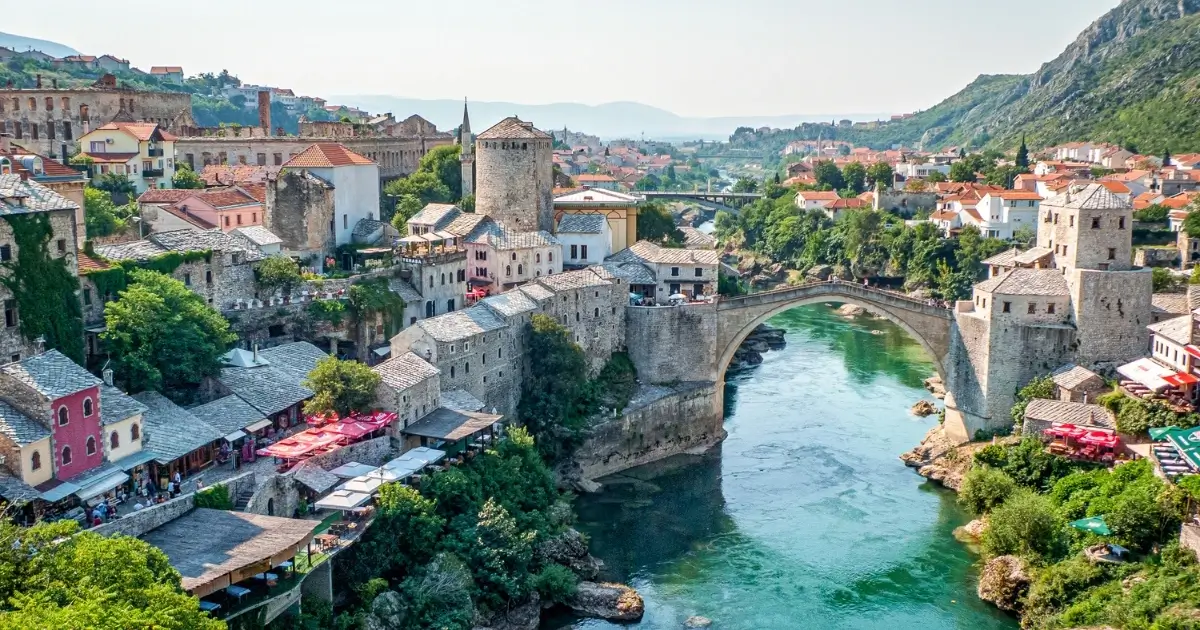
Why should you travel on foot?
Mostar is one of the cities where you can feel its historical and architectural texture best on foot. The famous Mostar Bridge, which connects the two banks of the Neretva River, has become a symbol not only of the city but also of the Balkans. The city center is like an open-air museum with its cobblestone streets, Ottoman-era bazaar and stone structures. Thanks to its compact structure, it can be easily visited without a vehicle; most areas are already designated for pedestrian use.
Don't return without seeing:
- Stari Most (Old Bridge) : While crossing this historic bridge, which is under UNESCO protection, you can enjoy the view and watch the traditional bridge jumps.
- Kujundžiluk (Historical Bazaar) : Streets filled with handmade jewelry, traditional Bosnian coffee sets and local craft products.
- Koski Mehmed Pasha Mosque : A historical mosque on the river bank offering breathtaking views.
- Museum of War and Genocide Victims : An emotional and educational stop on recent history.
- Crooked Bridge (Kriva Ćuprija) : Stari Most's little brother; a quieter and more photogenic alternative.
Lucki Most (Bridge of Luck) : A hidden bridge where you can take a peaceful walk along the river, away from the tourist crowds.
Transport:
It is possible to reach Mostar from Sarajevo or Dubrovnik by bus or train. Once you arrive in the city, all the touristic spots are within walking distance. Driving in the city is almost unnecessary.
Instagram Note:
"When you cross the Mostar Bridge, you are not just walking through the river, you are walking through history..."
13. Valletta, Malta
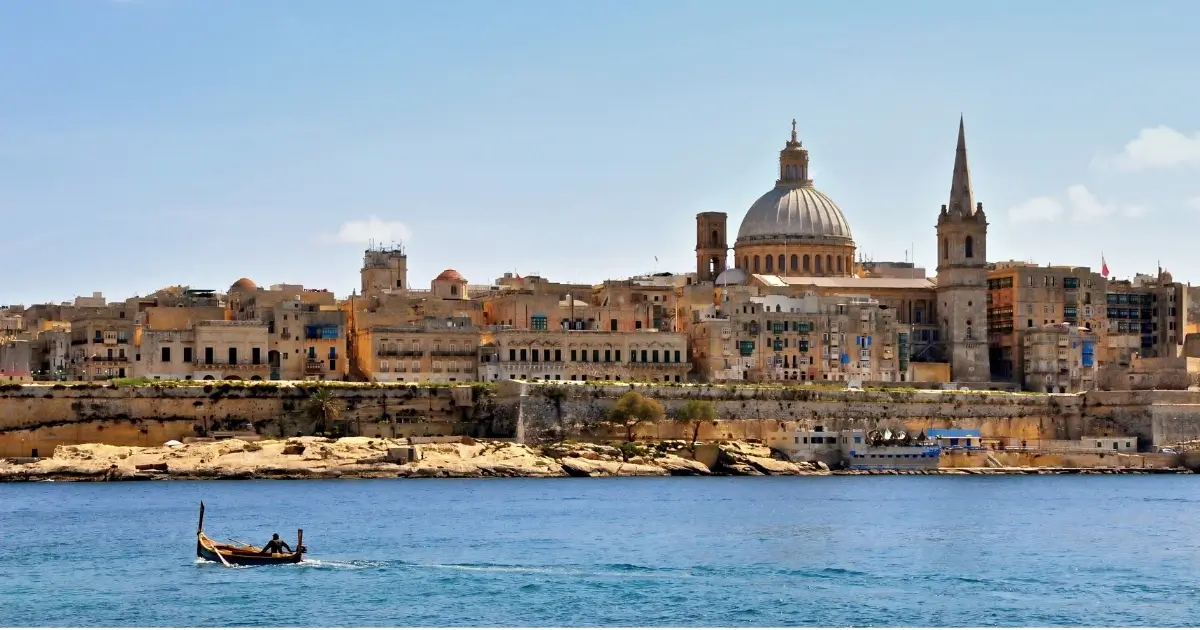
Why should you travel on foot?
Valletta , one of the smallest capitals in Europe, is on the UNESCO World Heritage List and is a city designed to be explored on foot. It has a charming atmosphere with its 16th-century city walls, Baroque architecture and narrow streets. Since the city is less than 1 square kilometer, there is no need to drive; vehicle access to the city center is already quite limited. While walking here, you will feel the Mediterranean breeze and feel like you are in a scene straight out of a history book.
Don't return without seeing :
- St. John's Co-Cathedral : A must-see with its gold-embroidered interior and works by Caravaggio.
- Upper Barrakka Gardens : Overlooking the Grand Harbour, a great vantage point for sunset.
- Grandmaster's Palace : Among the most impressive historical buildings in the city.
- Republic Street : The main street filled with cafes, shops and street artists.
- Valletta Waterfront : Ideal for restaurants with colourful facades and evening walks by the sea.
Casa Rocca Piccola : This 16th-century nobleman's home is a great stop for those wanting to see the traditional Maltese way of life.
Transport:
Valletta is easy to reach by bus from anywhere in Malta. It takes 20 minutes by bus from the airport to the city centre. Once in the city, all the attractions can be explored on short walks.
Instagram Note :
"Getting lost in a side street in Valletta is like traveling back in time."
14. Hallstatt, Austria
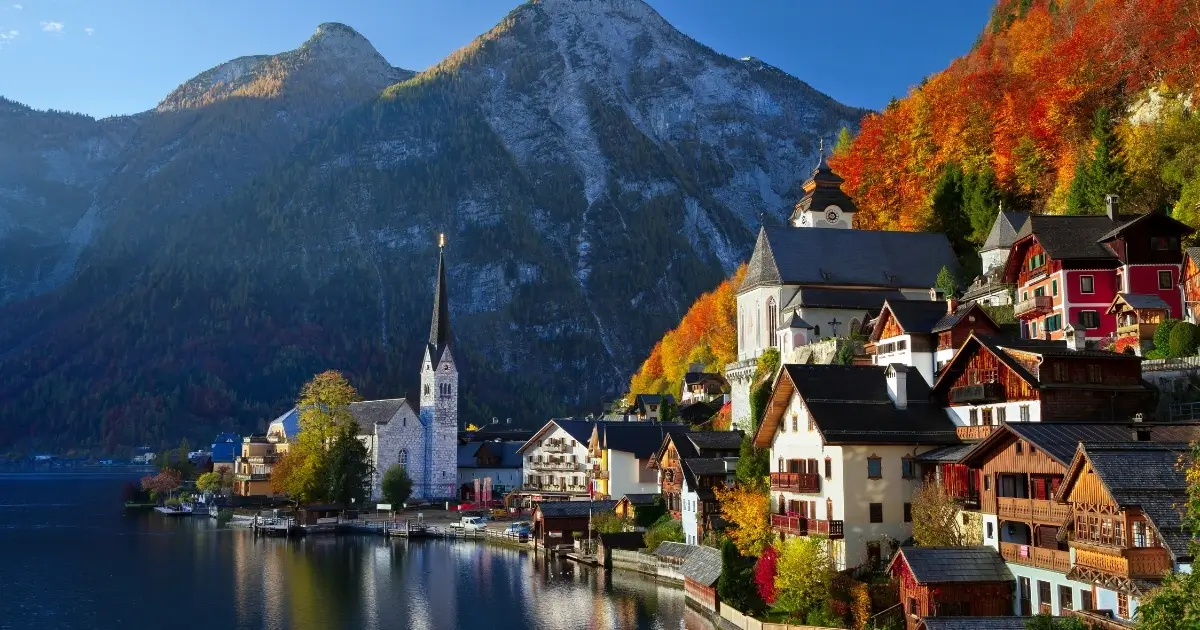
Why should you travel on foot?
Hallstatt , one of the most fairytale villages in Austria, is known as one of the most beautiful lake towns in the world. With its car-free, nature-friendly structure, this tiny town is ideal for exploring on foot. The narrow paths and historic streets running parallel to the lake offer a peaceful walking route. Since motor vehicles have very limited access to the town, calm, fresh air and quiet streets await you. The natural beauty and historical atmosphere of Hallstatt are much more impressive when explored on foot.
Don't return without seeing :
- Hallstätter See (Lake Hallstatt) : Be enchanted by the reflections in the water while walking by the lake.
- Historical Cemetery and Salt Mines : Important stops to get a deep sense of the town's history.
- Marktplatz : The small square, famous for its colorful houses, is ideal for taking photos.
- Dachstein Ice Cave : A must-visit for a cool exploration after hiking.
- Skywalk Hallstatt : An impressive platform for those who want to see the town and the lake from a panoramic view.
Seewirt Zauner : A modest and friendly place to taste local delicacies by the lake.
Transport:
Hallstatt can be reached by train or bus from Salzburg or Vienna. Once in town, all the important places can be visited on foot. Especially in the summer months, there is very little traffic, which makes walking much more enjoyable.
Instagram Note :
"Walking along Hallstatt's lakeside, I felt like I had stepped into a postcard."
15. Venice, Italy
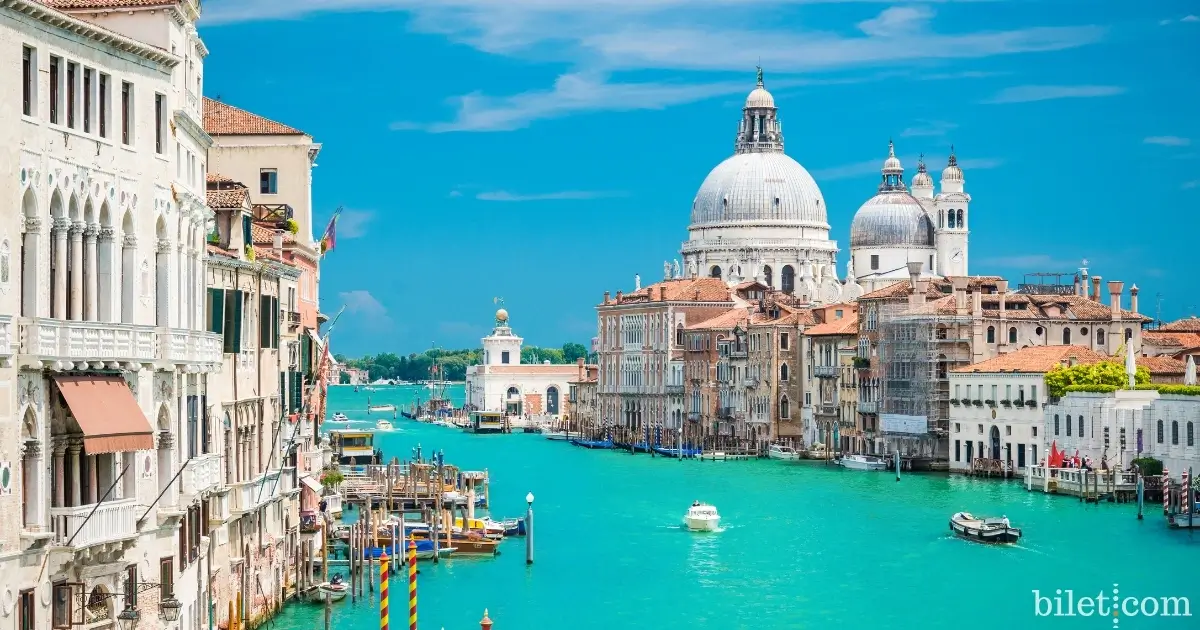
Why should you travel on foot?
Venice is already a car-free city — no streets, no buses, just canals, bridges and narrow streets. This makes it a place to explore on foot. The city is like a labyrinth; there is a square at every turn, a work of art at every corner. Getting lost in the streets of Venice , where even Google Maps sometimes gets confused, is actually the best way to discover this place. Walking along the quiet canals, you feel like you are in a dream among the city’s medieval atmosphere, stone buildings and the sound of gondola.
Don't return without seeing:
- San Marco Square : The heart of the city with its cathedral, bell tower and historical texture.
- Rialto Bridge : One of the most iconic structures in Venice and a great view point.
- Dorsoduro District : A quieter, more local neighborhood filled with art galleries and wine bars.
- Peggy Guggenheim Museum : A must-see stop for modern art enthusiasts.
- Cannaregio : The Jewish Quarter of Venice and the streets where local life takes place.
San Giorgio Maggiore Island – You can see the best view of St. Mark's Square from this island, which is reached after a short ferry ride. Be sure to climb the church tower on your way out!
Transport:
It is possible to reach the city center from Venice Marco Polo Airport by “vaporetto” (sea bus). Once you arrive in the city, the only means of transportation is your feet! Walking in the neighborhoods connected by bridges allows you to experience the city in its most natural form. Even when it is raining, walking on these streets is like therapy.
Instagram Note:
"In a city, there is no sound of cars or horns... Just footsteps, the water sound of gondolas and a Vivaldi melody coming from far away. Venice is like a poem felt by walking."
Things to Consider When Planning a Car-Free Vacation
Exploring a city on foot sounds romantic, yes — but with a little preparation, it’s possible to make the experience truly enjoyable and effortless. Here are some quick tips that I wish I had known before:1. Accommodation Selection is Very Important
Finding a hotel or a small boutique guesthouse in the center is half the battle. There is nothing like getting up in the morning and getting your coffee and walking. If you want to stay outside the city for cheap, you may still need to drive every day to get to the city center. So, pay a little more, but when you step foot, you will come across a square.2. Map Out Routes in Advance, But Be Flexible
Google Maps, Pinterest, blogs… Gather route ideas from all of them, but leave yourself some space. Sometimes, a whiff of an art gallery or a bakery in a backstreet can turn your plans upside down — and that’s a good thing!3. Don't Forget to Get a City Card
Many European cities have special city cards for tourists. With these cards, you can enter museums and some tours for free, and use public transportation unlimitedly (if you decide to use it). It is both economical and practical.4. Shoes Are Everything. Literally.
Memorize this sentence: “It should not be stylish, it should be comfortable!”I once tried to walk 9 km in fancy sandals and never saw the shoes or the walk again. All joking aside, a breathable, soft-soled shoe that you get used to will be the savior of your vacation.
